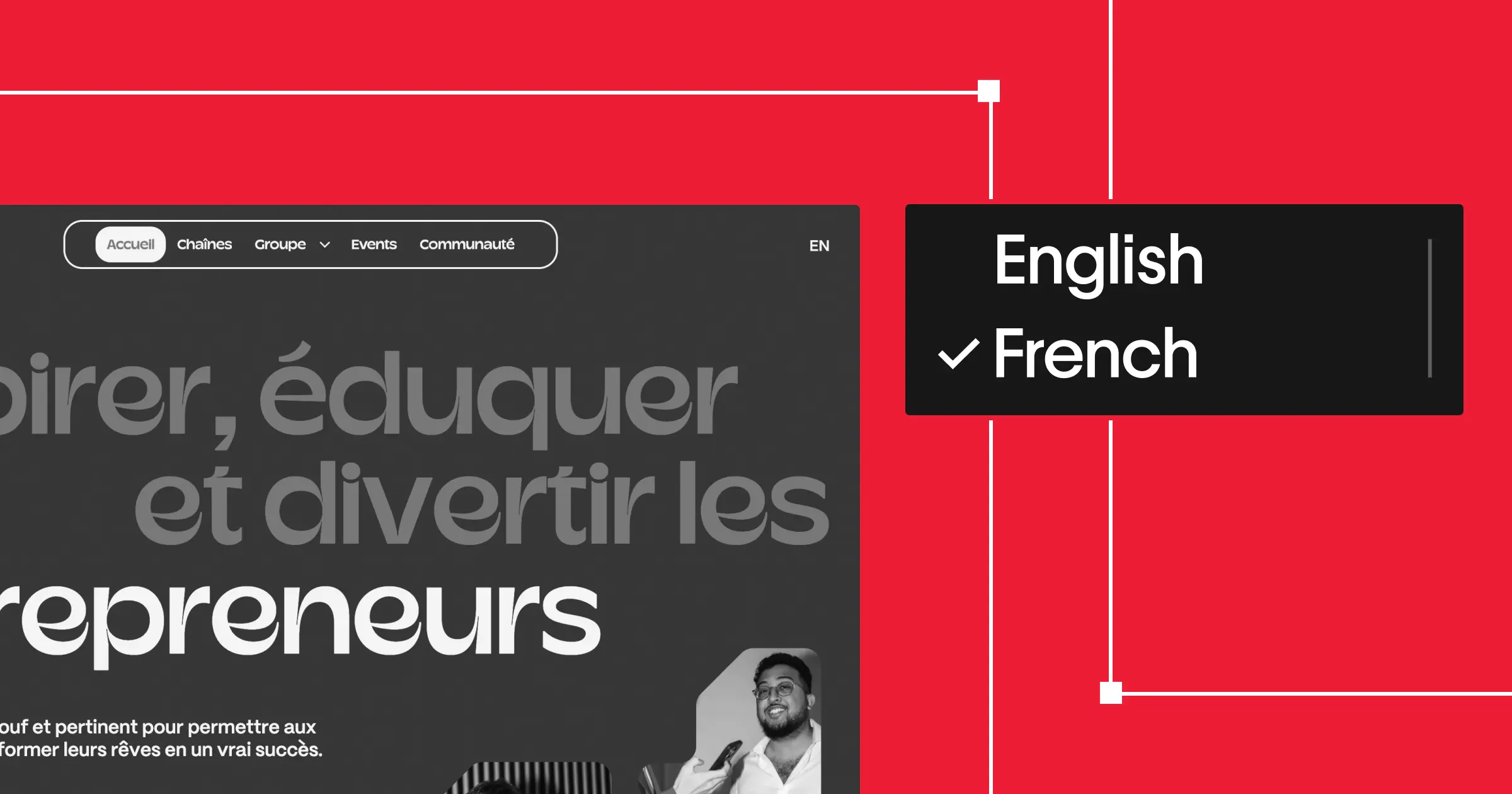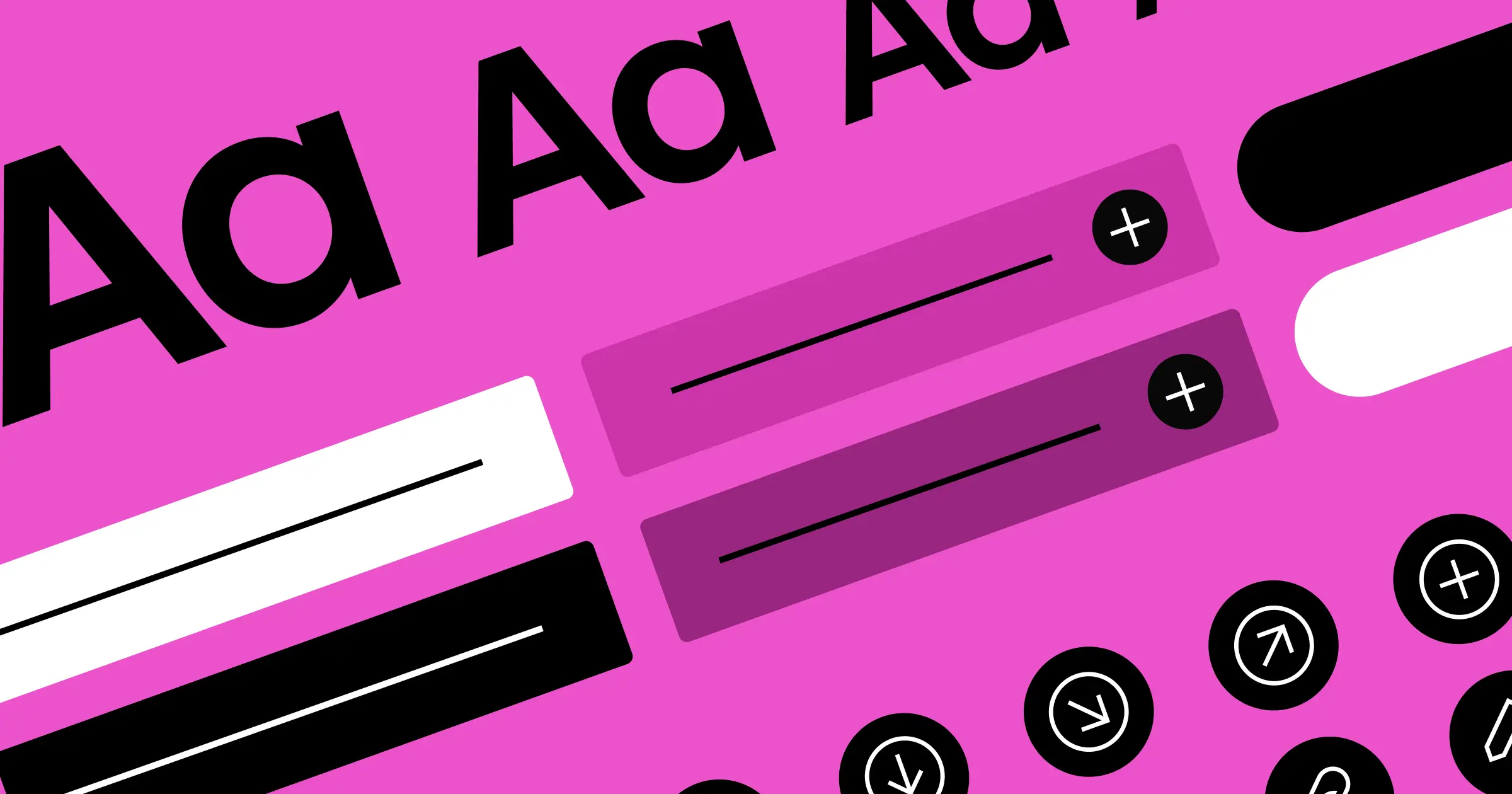Vaan grew their agency to support great design.
Often, an agency begins with one or two people who are passionate and talented in one particular skill. While that individual drive is what sparks an agency’s initial development, it’s the support structure they build and the choices they make while building that structure that allow them to grow into a truly successful organization.
Vaan (formerly known as The Vaan Group) is a perfect example of how to grow an agency in an intentional, strategic way. Since 2015, their founders, Chuong Nguyen-Thanh and Xavier Armand, have built upon their success to create an agency that gets to take on exactly the kind of work they want to create and has a team behind them that can meet and exceed their highest standards.
I just want to be the best in the world. It's a very simple thing.
“I just wanna be the best in the world. It's a very simple thing,” explains Xavier. “And if we fall short, okay, fine. That just raises the bar constantly.” They grew from niche Shopify experts into a specialized design technology and ecommerce agency with the goal of becoming an award-winning digital experience agency —and this focus on creating excellent work propelled them to success.
“The actual vision itself has to be totally solid,” says Xavier. “That's leveled up the design practice at the agency significantly.” Here's how the agency has built the structure they have today and the factors they use to make sure their decisions build toward their agency goals.
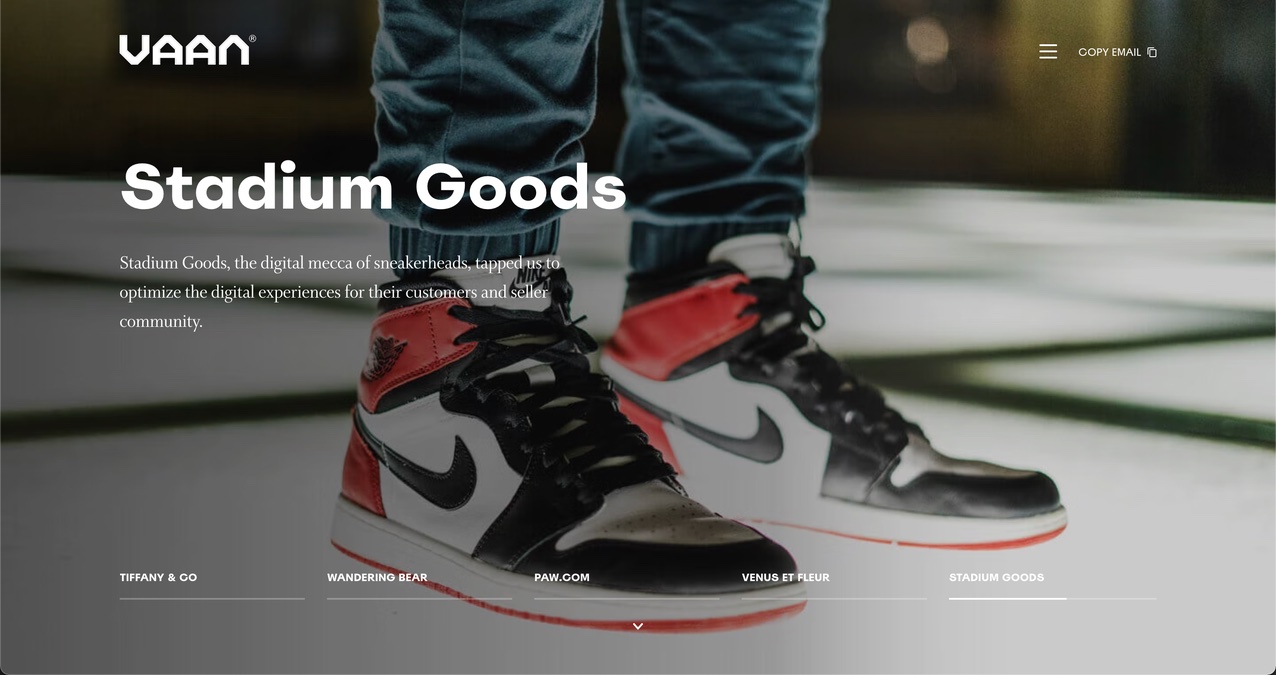
The agency structure today
Vaan has grown into a 40-person, remotely distributed agency. They’ve organized their agency into four departments, each with its own structure that supports the specific type of work it’s doing. In addition to these four departments, they have a quality assurance team and a board of advisors mostly made up of high-profile clients who keep their vision focused.
Design
With design as the core offering of their business, the design team needs to be able to do lots of specific types of design fluently and well. Because of this, the design department is organized by specialization and skillset.
“If we're working on a very creative branding project, that's a different skill set than when we're doing ecommerce optimization design, where we're focusing on what information needs to live on a product detail page, for example, so people buy more of it,” explains Xavier.
They have specialists in digital design, website experience design, and optimization design, which make up the core of the business, as well as graphic design and branding to round out the team.
Engineering
The engineering team is organized by tier, which is determined by experience level. “We try to give as much autonomy to our engineering team as possible,” Xavier explains. “We expect a lot from them, and that's important to the quality of the work that we do.” There are four tiers with differing responsibilities, all organized under the CTO.
Engineer one: entry-level engineers.
Engineer two: engineers with latent expertise. They act as coaches for engineer one under a mentor-mentee relationship, not a managerial one.
Engineer three: high-value individual contributors who lead projects for the team.
Engineer four: these fall into three categories -
- Practice leads: individual, back-end practice leads and Shopify practice leads
- Sales and solutions: contribute to the sales process
- Engineering manager: responsible for a set of people on the engineering team
Thanks to the coaching relationships within the team’s structure, engineers have people other than their direct managers to go to for help and advice. These dynamics also allow managers to focus more on the projects at hand and give newer engineers an opportunity to both form relationships and grow their leadership skills.
Project management
The project management team includes the head of client services as well as project managers and junior project managers. Effective project management becomes more important as an agency grows and you have more contributors to each team. Their work allows engineers and designers to focus more of their attention on their primary tasks and ensures client relationships run smoothly.
Product management
The product management team is focused on solution design. They review design work to ensure that it's meeting the client's end goal. They understand the pros and cons of the technology solutions that the agency is recommending, and in their retainer-based projects, they work with the client to develop a roadmap of what the agency is going to try to accomplish over the course of each quarter.

The three stages of growth
To get where they are today, Xavier described how their agency went through three distinct stages of growth. Their structure served the type of work that they were focusing on at each stage.
1. Individual practitioners
If you think you can do it well, you say yes. If you think you can do it poorly, you still say yes and you try to do it really well.
This is the birth of the agency. In the beginning, their organization was made up of two designers who were focused on doing their best work and building a client base. “I don't think there's much structure at the beginning of any agency,” says Xavier. “I think it's just people ask[ing] you to do work. If you think you can do it well, you say yes. If you think you can do it poorly, you still say yes and you try to do it really well.”
Chuong and Xavier hired freelance engineers as needed through Upwork and similar sites to fill in the gaps where specific skills became necessary. Over time, they began to develop relationships with the engineers who worked well in collaboration with them, which initiated their next stage of growth.
2. Guild structure
Systems are entities unto themselves, and once you have a system in place, you have to manage the system as much as you manage the people.
As they grew, they hired as-needed to build out their skill base to align to the projects they wanted to work on. They ended up finding an engineer who was incredibly talented and they loved working with — who is now their CTO — and convinced to come on board. Then, they hired a designer who was specifically skilled in interaction design, which added to their projects.
“Initially, we looked at ourselves like a Guild where everyone is sort of an artisan; their part of the process is something that they have a complete domain over,” explains Xavier. “We didn't need systems because systems are entities unto themselves, and once you have a system in place, you have to manage the system as much as you manage the people.” Until they got to a certain number of people, it was best to focus on finding really great individual practitioners who were responsible and understood the concepts of collaboration and teamwork.
3. Full-service team
“As we’ve grown, the types of work that we do and the services that we offer have expanded, and therefore, the system has evolved to match that,” says Xavier. Once projects got large enough and required bigger teams to take them on, those teams needed a more structured system to support their work. They developed the current structure, which is what has enabled them to take on the larger-scope projects their agency focuses on today.
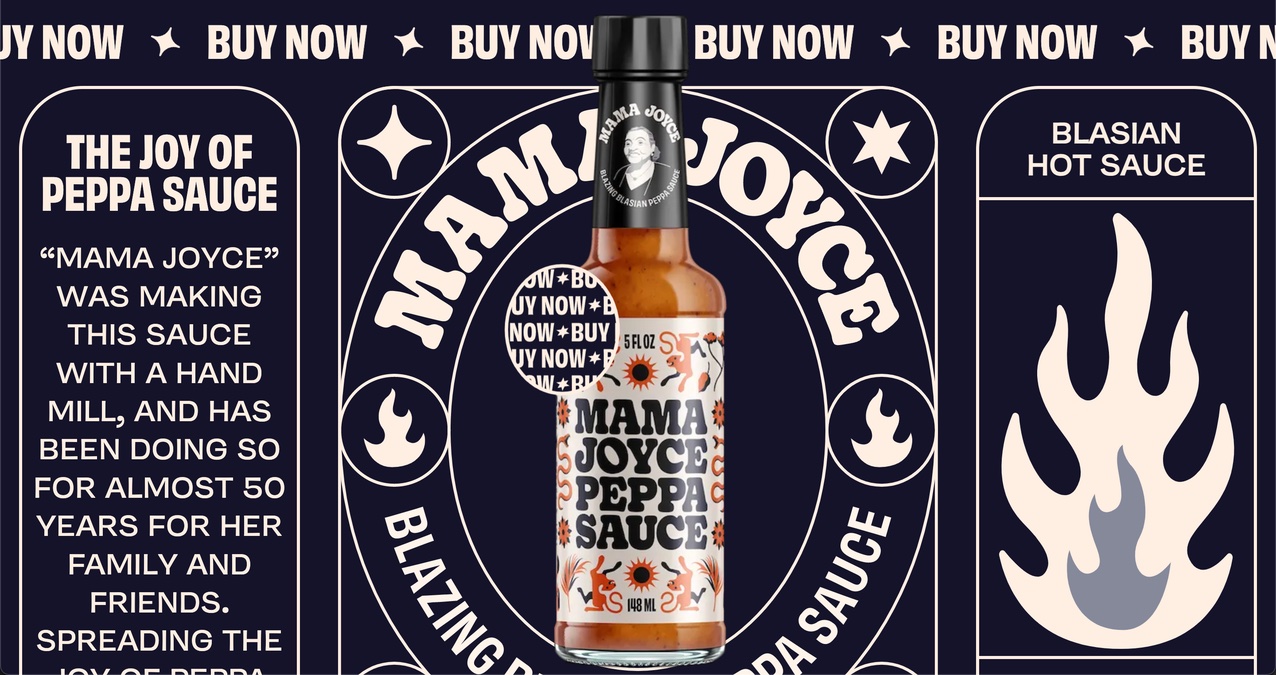
When to change your structure
Vaan's structure has grown and changed consistently over its lifetime — a deliberate feature of the structure. Xavier sees structure as something that serves the projects rather than determining them. As soon as a current structure doesn’t serve you, you need to adapt it.
External signals
There may be external signals that indicate you need to restructure. External signals commonly come through client feedback. “As the leader of the organization, I have an account call where I meet with the founder or the highest-level person that is responsible for the project once a month,” says Xavier. “It's just a 30-minute conversation, and we want to be really transparent. That's typically where you get the type of feedback that says, ‘We need to set up some systems or some organizational structure around this.’”
You may also get signals from sales and their discussions with potential new clients. As you take on larger projects — in terms of the client project, client type, and project scope — the types of customers your sales team is talking to will have certain expectations and will ask questions about your organizational structure. You need to take their expectations into account if you are going to land those contracts.
Internal signals
Agencies need to pay close attention to their internal operations to identify the signs indicating they may need more structure. “When something happens three times in a row, or you’re consistently missing a certain type of deadline internally, that becomes another clear signal,” says Xavier. “It's the responsibility of the leadership to come together and say, ‘I think we need a structure to support that.’”
He explains that larger agency founders identified a point in an organization's growth, generally around 25 people, where you may need more structure than you think. There are certain growth pains around that point where you know you need more structure, but you don't have enough people to fill the slots for the structure that would make the most sense. You have to hire ahead of growth to get where you need to be.
Know what organization size will support your goals
Growth should happen intentionally with an end goal in mind that reflects the type of agency you aspire to be. Not all work is best served by a huge organization, and infinite growth isn’t necessarily a good thing. Choose an end goal for your organization where you want to cap growth, and focus on doing the best work you can do.
“Personally, I'm not that interested in being a large, large agency,” says Xavier. “I still love being able to review the work. I love that I know the people on my team. I think there's a natural number of people, like the size of a small high school class, where you know everyone. And I think at a certain point, people are anonymous, and I don't necessarily want to be an organization like that.”
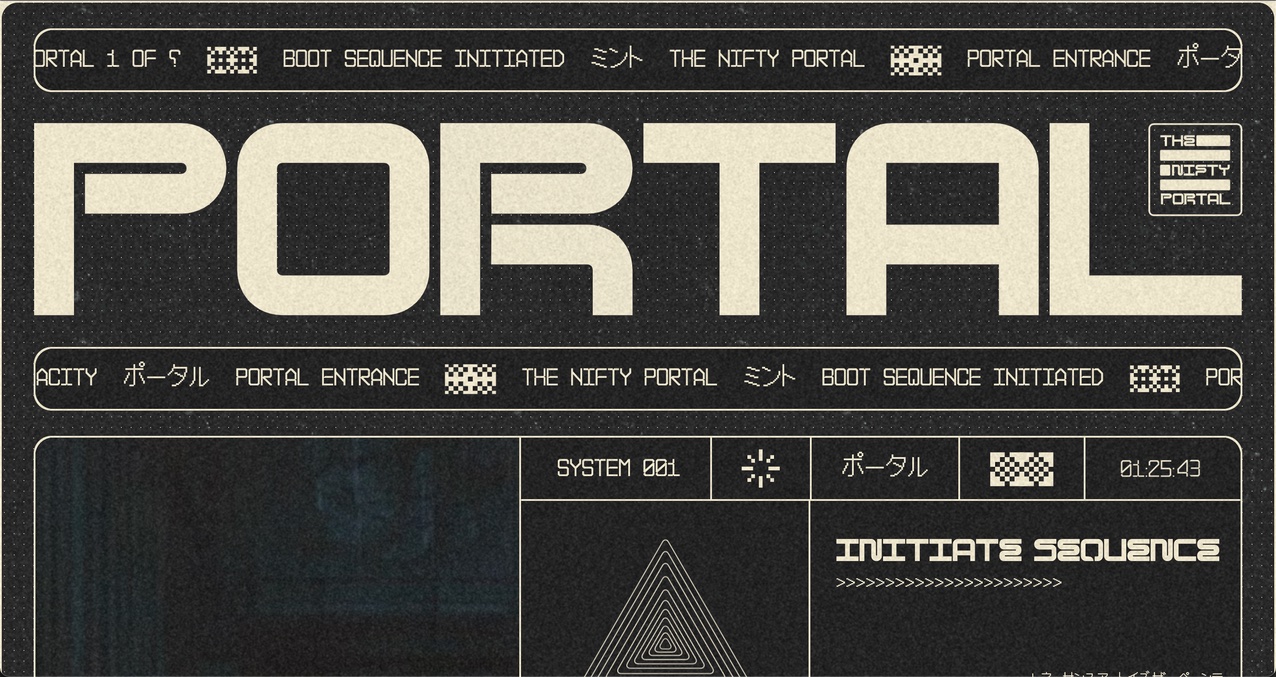



















Ultimate web design
From 101 to advanced, learn how to build sites in Webflow with over 100 lessons — including the basics of HTML and CSS.
How to use your work to shape your agency structure
The decisions Vaan has made — about how to structure their agency, what kinds of talent to fit into that agency structure, and what size of agency they aim to be — have been informed by the kind of projects they love to take on and the kind of clients they love to work for.
Structure your agency around your clients
The clients your agency works with determine what kinds of projects you get to work on and what kind of client-agency communications you need to be able to manage. That means clients are inherently a part of the structure of your agency — both existing clients and the type of clients you are aiming to appeal to.
Find the clients you want to work with
A good client-agency match is essential if you want to do your best work. That means being selective about the projects you take on and sending a message that will attract the clients you want. “I start our pitches by saying what we're not,” says Xavier, “but what we do, we do really, really well.”
In agency communications, Vaan communicates that their focus is on their client’s brand, the digital experience surrounding that brand, and the continual optimization of that digital experience. “That sends out a beacon for the right types of clients,” explains Xavier. “We say no to a lot of clients that want more. That's been our north star, and I think it allows us to create a structure that makes sense because the work is understood across every single practice, and it allows us to hire people with specific skill sets who can augment those specific projects and goals.”
Solicit feedback from existing clients
Existing clients should help you craft the future of the organization.
If you already have a roster of dedicated clients who are happy with your services, it’s important to listen to their experiences and needs when you plan the future of your agency. Xavier recommends the book “Managing the Professional Service Firm” by David Maister. (“The insight per word count ratio is absolutely incredible,” Xavier raves.)
He found an idea in the book that has since become a mantra for growth at the agency. “Existing clients should help you craft the future of the organization,” explains Xavier. “Having calls with them, being transparent, and understanding that it is a service relationship are all things you should really act on constantly.”
If you are launching a new service, you can trial it first with your loyal clients at a reduced cost or even for free. “I use my clients as a sounding board for new services or things that we might wanna offer,” says Xavier. “We'll pilot a new idea with them, and we will be honest with each other — like, this one didn't work or this one did.” If it goes well, it benefits both [the] agency and client.
Form an advisory board to guide your growth
No one understands the needs of your clients better than they do. Chances are, once you’re working at a certain level, you may have clients who are a wealth of business knowledge in and of themselves. Vaan formed an advisory board from some of their biggest, most trusted clients that would guide their agency’s development.
“On one of these account calls, I was telling some of our biggest, most trusted clients that I would love some advice, and one of them put us in touch with Matty Wishnow, who is now the chairman of our board,” explains Xavier. “He built out our board of advisors. We spend a lot of our time talking about organizational structure and the value of that and what it means when you get to 25 people, 50 people, and how to set up a structure that works for growing beyond that.”
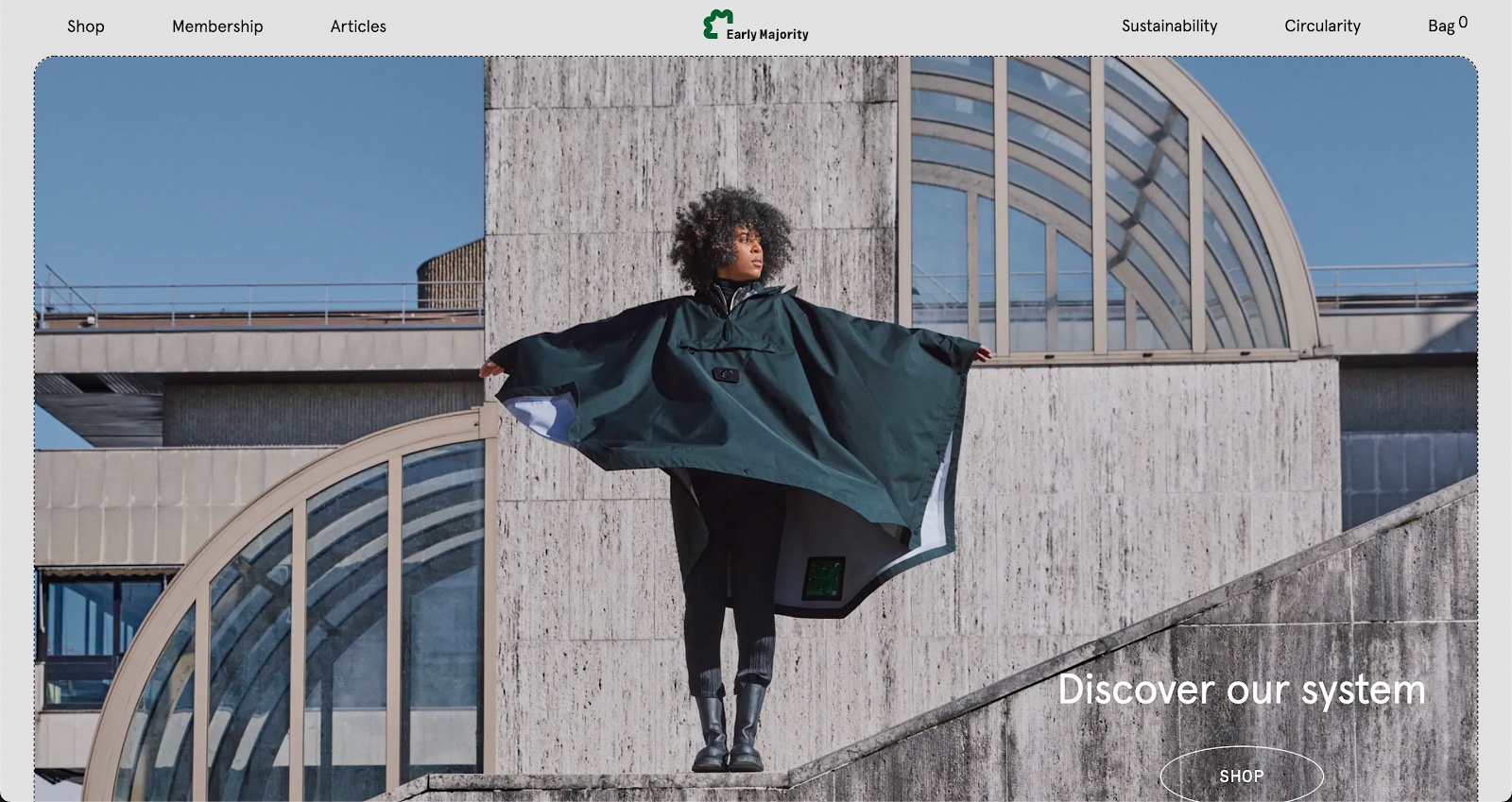
Structure your agency around the type of projects you take on
Different types of projects will require different types of support, different skill sets, and different levels of structure surrounding them. Another idea gleaned from David Maister's book is a technique for conceptualizing types of projects. “For any professional service, there are sort of three categories of projects,” explains Xavier, “and the way that you approach each of those and structure your organization for serving each of those projects is really important. We set up structures depending on the project type.”
Procedural-based projects
A procedural project is one that serves a very mature industry. It uses a technology that isn’t changing much, and it will have established best practices and expectations. This could be something like email marketing that has been around a long time now.
For these types of projects, “The way that you structure your organization — from the personnel to the workflows to the protocol — needs to meet the fact that the market is mature, that the clients have very clear expectations,” says Xavier. Your team structure should be respectful of existing standards, like the rate at which you deliver, and understand that it's a procedural-driven service that you're providing.
Expertise-driven projects
An expertise-driven project is one that may be a developing field where clients are familiar with the tools, but the outcome can be significantly impacted by the level of expertise and innovation that you bring to the table. For Vaan, this might be their Shopify or Webflow projects.
“The market kind of knows what you can get, but in reality, there is internal knowledge within the organization that makes that work better, and that's our expertise,” explains Xavier. “The way that you structure that type of a project in the system to execute that is really important.”
This type of project will have a bit less structure than a procedurally-driven project, but it will have a consistent workflow that you can set up for it. You will be able to assign a great project manager, designer, and engineer, and they will be able to follow your protocols and templates to deliver the project effectively. “There is nothing better than when we have an expertise-driven project and we know what the goals are, and we can just flow it through the org structure and project structure,” says Xavier.
Frontier projects
A frontier project is the most cutting-edge, innovative type of project that your clients come to you with. “The client comes to us, they have 10% of an idea, they don't even know what they want, every stakeholder has a different idea in their mind of what the end result might be, but they just trust our agency to give them something by the end,” says Xavier.
On a frontier project, a lack of structure may get the best results. “The idea of structuring what is essentially an unknown to me just seems like it gets in the way of doing your best work,” says Xavier. However, it also needs a hard launch date, a hard budget, or a set of technologies or goals to put guard rails on the project. Without some sort of boundary, a frontier project may spiral beyond its intended scope or simply never get finished.
“I think these are the types of projects that, for me, are the most exciting; they're the ones that drive our agency forward. They're the ones that get the most notoriety, and they require the most senior talent in an organization,” says Xavier. You need enough senior talent that they can dedicate real attention to these projects. What's really important in this kind of project is constant expectation-setting with the client, listening to them, and understanding that you're molding something new together.
These are the most challenging types of projects, but for an agency like Vaan, they are also the most exciting. “When it launches, everyone's super ecstatic,” says Xavier. “That work reflects the results.”
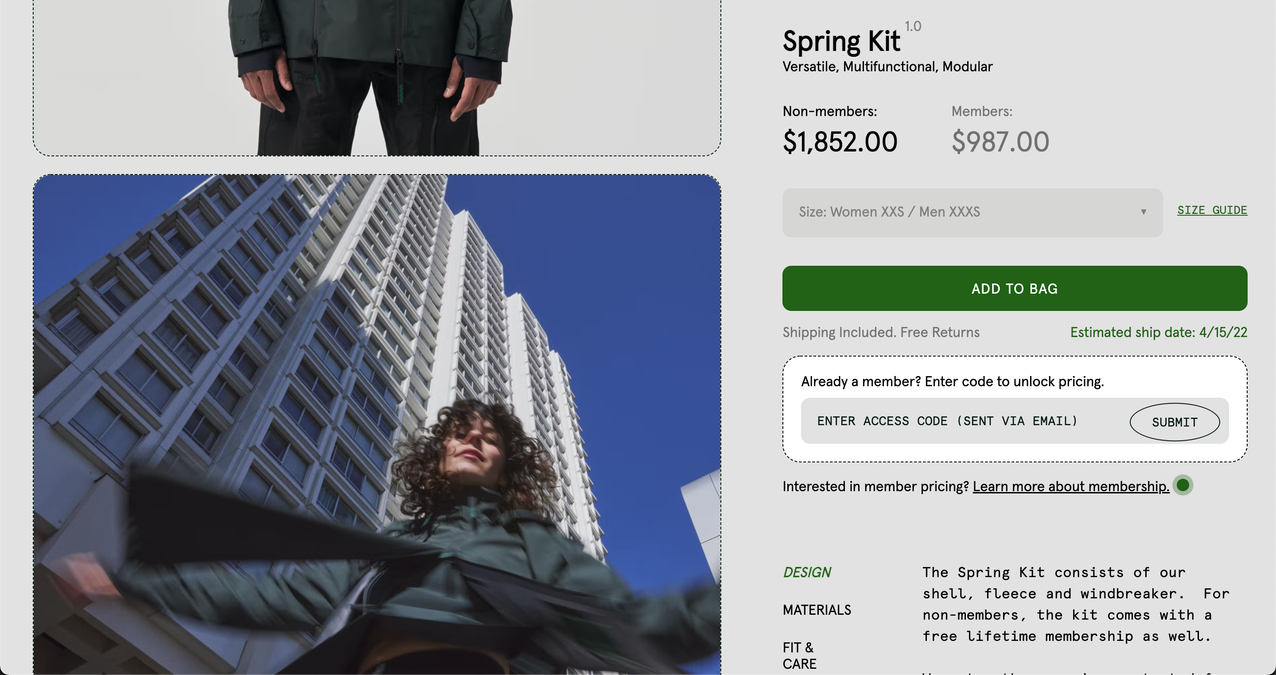
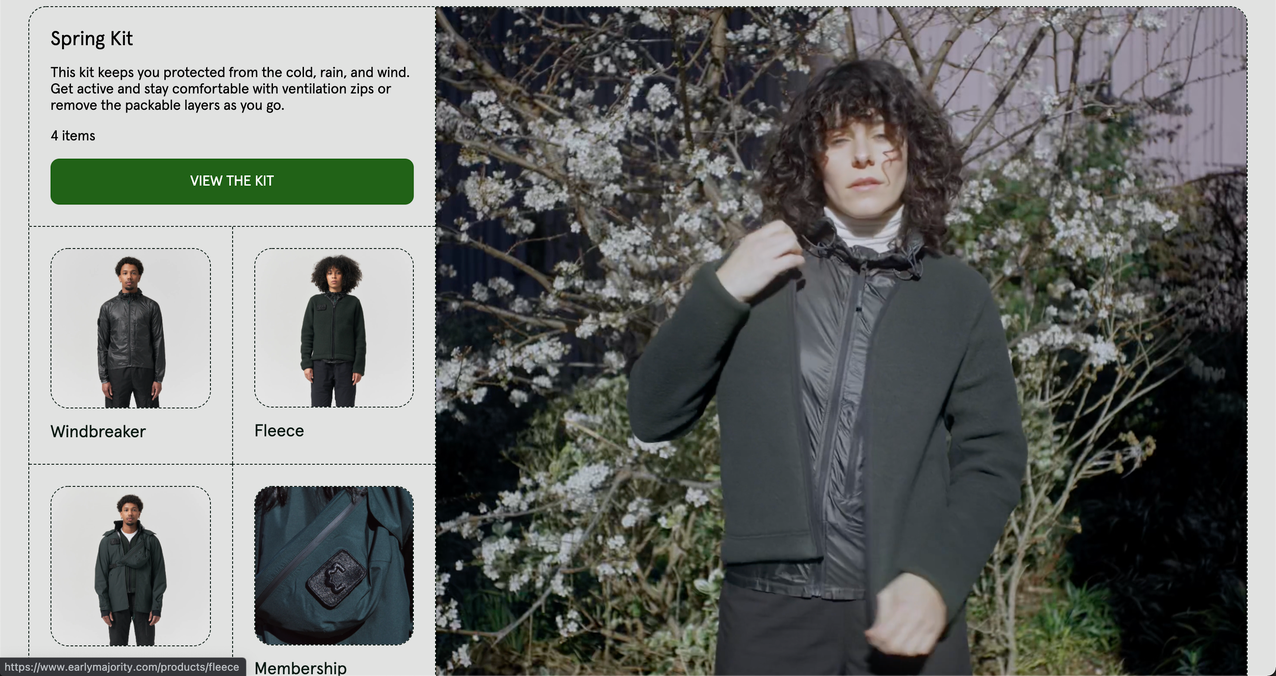
Structure your agency around your preferred tools
The tools you choose to focus your expertise around will have an impact on the structure of your agency, what kind of hiring you need to do, and the quality of the projects your agency creates. Some agencies may be happy to use whatever tools their customer base requests, while others choose to focus on specific tools.
When it comes to choosing tech, we want to specialize in something and invest the time to become experts.
Vaan has a specific, carefully chosen set of tools they work with, which determines which clients they choose to take on. “The client doesn't get to direct every single thing that we do as a company,” explains Xavier. “When it comes to choosing tech, we want to specialize in something and invest the time to become experts.”
“We're very opinionated as an organization,” says Xavier. “It's another way that we've informed the org structure. Because we're so opinionated about platforms, we hire for people who either have experience in those platforms or experience in those languages, which directly informs how we set up project structure and agency org structure.”
Specific tools may become your go-to for achieving different types of effects. For Vaan, that began by becoming Shopify partners and experts, which was key to establishing their reputation for crafting the highest-quality ecommerce sites.
As an agency, they carefully selected other tools to deepen their expertise in — Recharge for a subscription management and back-end administrative platform; Algolia for a search-as-a-service API platform, which allows them to create typo-tolerant, instant search experiences; the Three.js engineering library to develop 3D experiences.
They also discovered that Webflow could serve a specific important niche for their agency. “It's become our tool of choice for super-creative, design-led marketing websites and promotional pages,” says Xavier. It served perfectly for spinning up smaller sites faster or for allowing their team to get creative with interaction and animation.
“We might do that landing page on Webflow because we can bring the thing to life in ways that are just faster, easier, and, frankly, better than having an engineer develop it from scratch. There's just more tooling built into the animation and prototyping design and interaction design in Webflow than we have in really any other tool,” he explains. “We've taken it a step further. We have a workflow for taking a Webflow design and exporting it and then hosting it on a more advanced technology platform and connecting it to a different CMS. Or sometimes we use it in tandem with another set of pages on a website because we just think it is really important that a certain an animation is done in Webflow. So that's how we're using it today.”
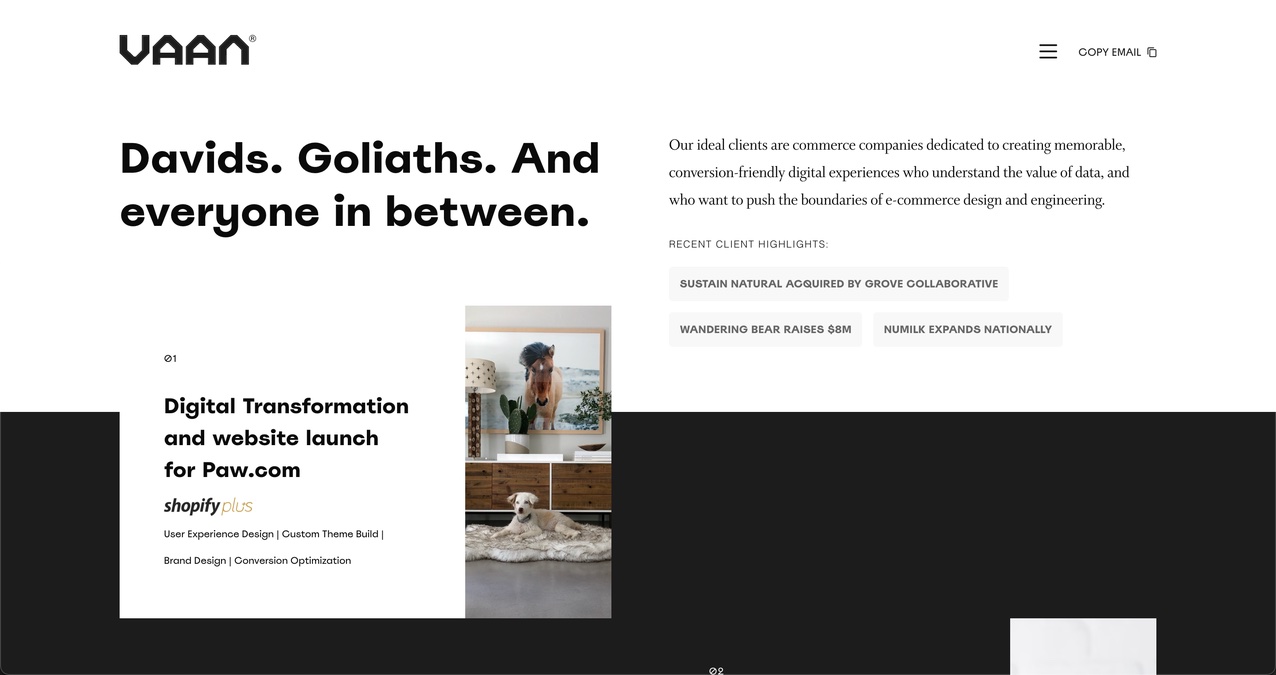
Take on the projects that give you the freedom to do your best work
If your goal is to become an award-winning agency, you need to land the projects that will allow you to do award-winning work. That means structuring your agency in a way that gives your team space for creativity and enough support to help them work together as you grow. It means finding the clients who have exciting work to bring to the table, and it means becoming experts in the tools that will help you create great work for those clients.
When asked about what makes a great agency, Xavier described getting off a phone call with a potential client — the type of call that epitomizes the great thing about being an agency to him. “By the end of the call, we're all just like, we gotta work with this guy. I can't wait. He's gonna let us do what we want, and he's going to love the vision. Those moments are the best. The best clients are the best clients.” And you want the best clients.
I know a lot of people rag on agency life. I love it.
Being an agency means that you have a level of autonomy and choice over the way you build your structure and the types of projects you aspire to take on. As an agency, you determine what you want to specialize in, what you want to be known for, and what you want to do in the day-to-day. “Personally, I know a lot of people rag on agency life,” says Xavier. “I love it. I love the work that we do. I love what we focus on.”
What it ultimately boils down to for Xavier is this: “If people love what they bring to the table and love the types of projects, then the rest kind of solves itself. My goal is just to make sure that I keep bringing in more, better, and exciting projects. Every time I tell you about a new project, I want you to be more excited than the one that I just told you about.”
To learn more from successful agencies, read about how ThreeSixtyEight became the award-winning agency they are today.










